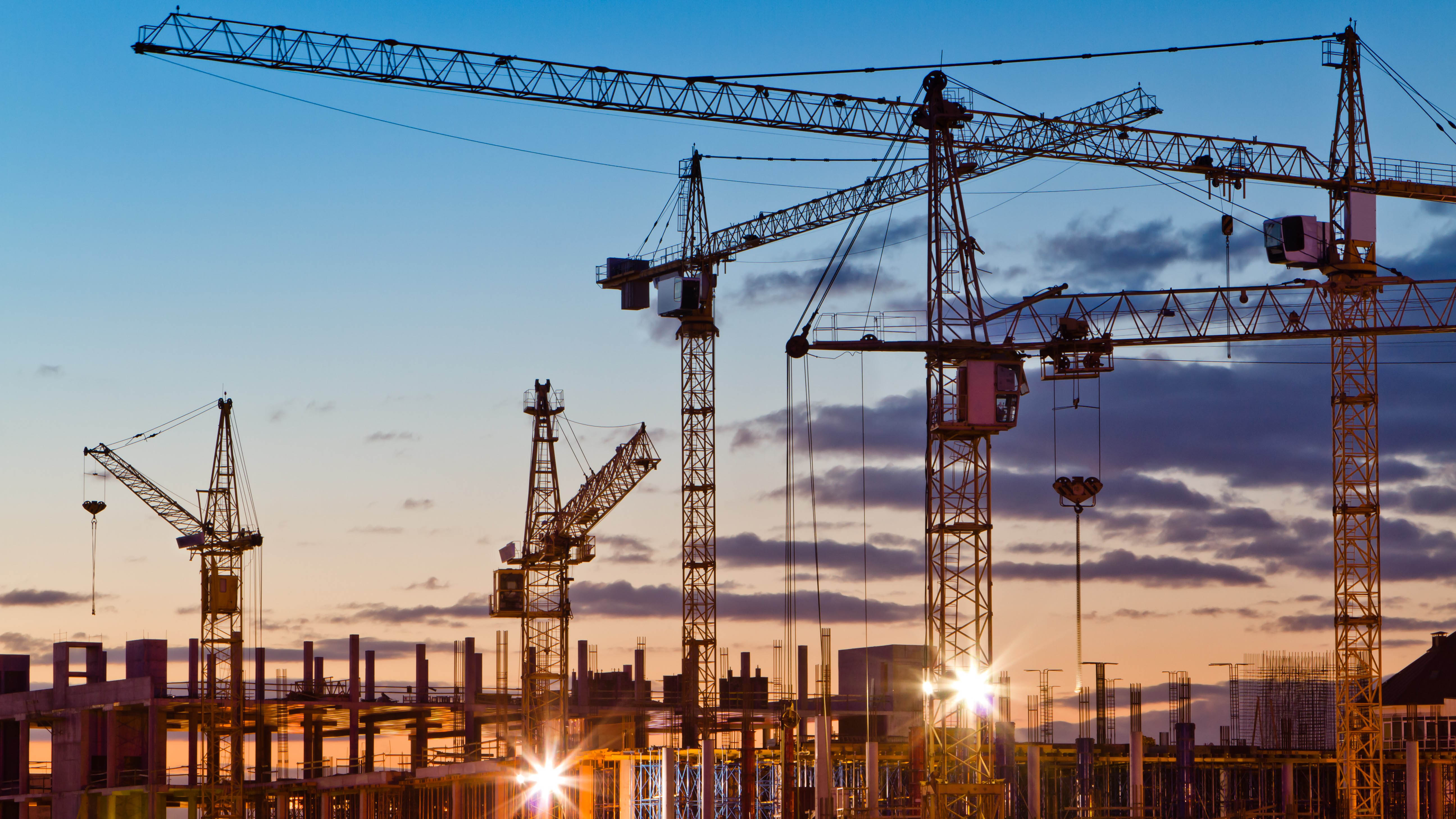Is the construction industry on the rise or in decline? We take a look at cranes and what they mean for the economy.
Cranes are a sign of confidence as they signal work which means a thriving economy. This, in turn, creates more job opportunities and maintains the value of equipment.

In Sydney alone there are 310 cranes which is down from the 350 reported in the previous year. It is the first drop in the number of cranes seen on Sydney’s skyline for the first time in six consecutive years.
Most of these cranes are concentrated in the CBD and surrounds (34%) and the North (34%).
To put it in context, the global leader, Dubai, has 1182 cranes while Melbourne has over 200.
Also declining is the number of houses and apartments approved for construction which has fallen 13% from the previous year.
However, it’s not all doom and gloom.
The NSW government has allocated $80 billion to be spent on infrastructure over the next four years.
Projects such as the M4 motorway upgrade, Sydney Metro and Western Sydney Airport, F6 motorway extension and the Western Sydney Tunnel will keep the economy moving, jobs in play and equipment maintaining its value.
In 2014 the cost for major road and rail projects was approximately $4 million. By 2021 it is expected to peak around $19 million (Deloitte Access Economics). This will affect the number of jobs on the market and value of equipment. Some projects included in the forecast have not yet been confirmed but it is a good indicator of where the industry is heading and what we can expect.
While the residential industry may be slowing down, the raft of ongoing and new projects will prevent a massive decline in the industry with the non-residential sector somewhat supporting the residential sector.
Future outlook
Looking specifically at construction equipment, we expect it to increase in demand and returns to remain strong for the next 5 years and beyond. This type of infrastructure spend will provide confidence for businesses to grow and provide capex for equipment.
28 May